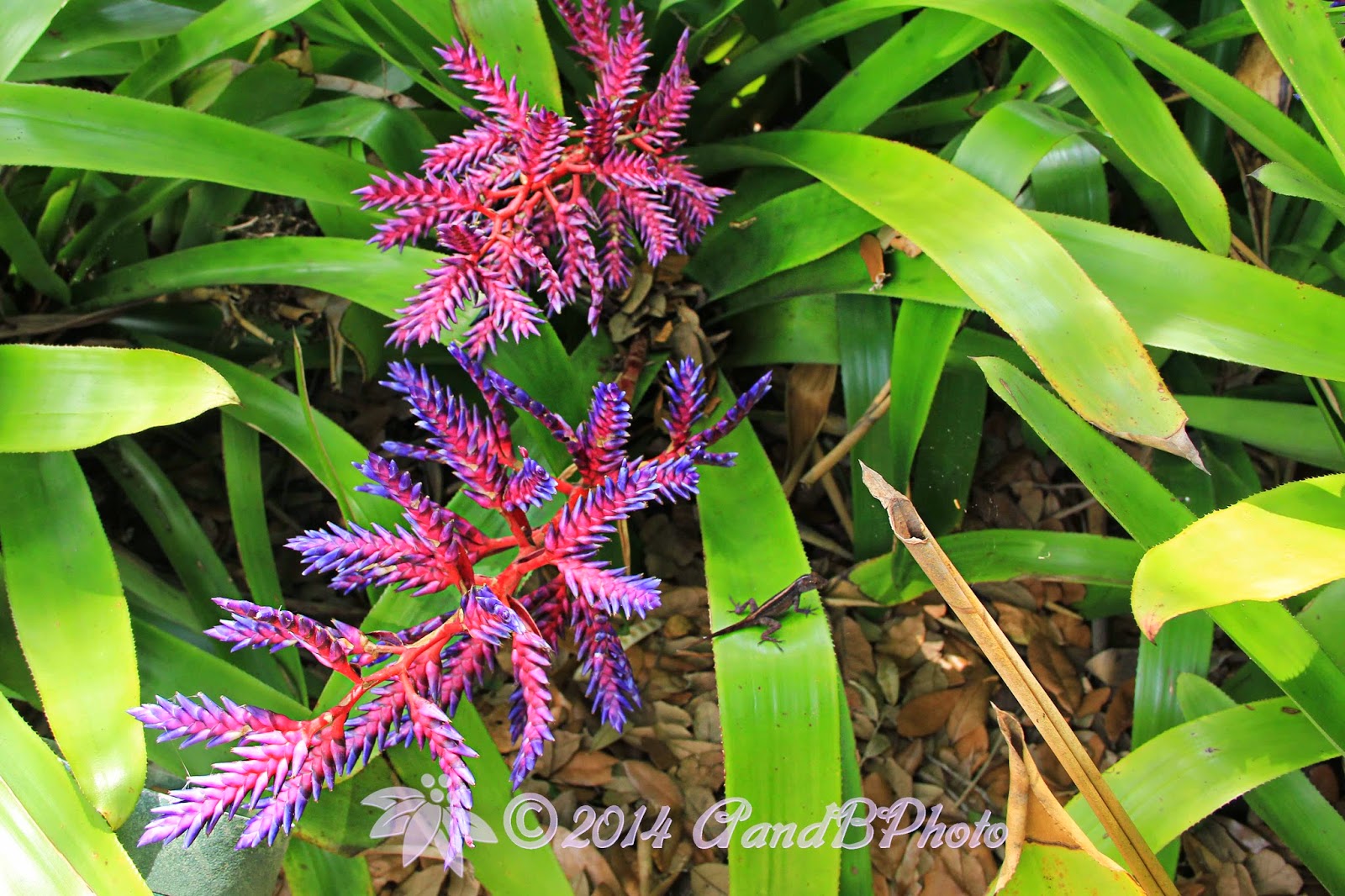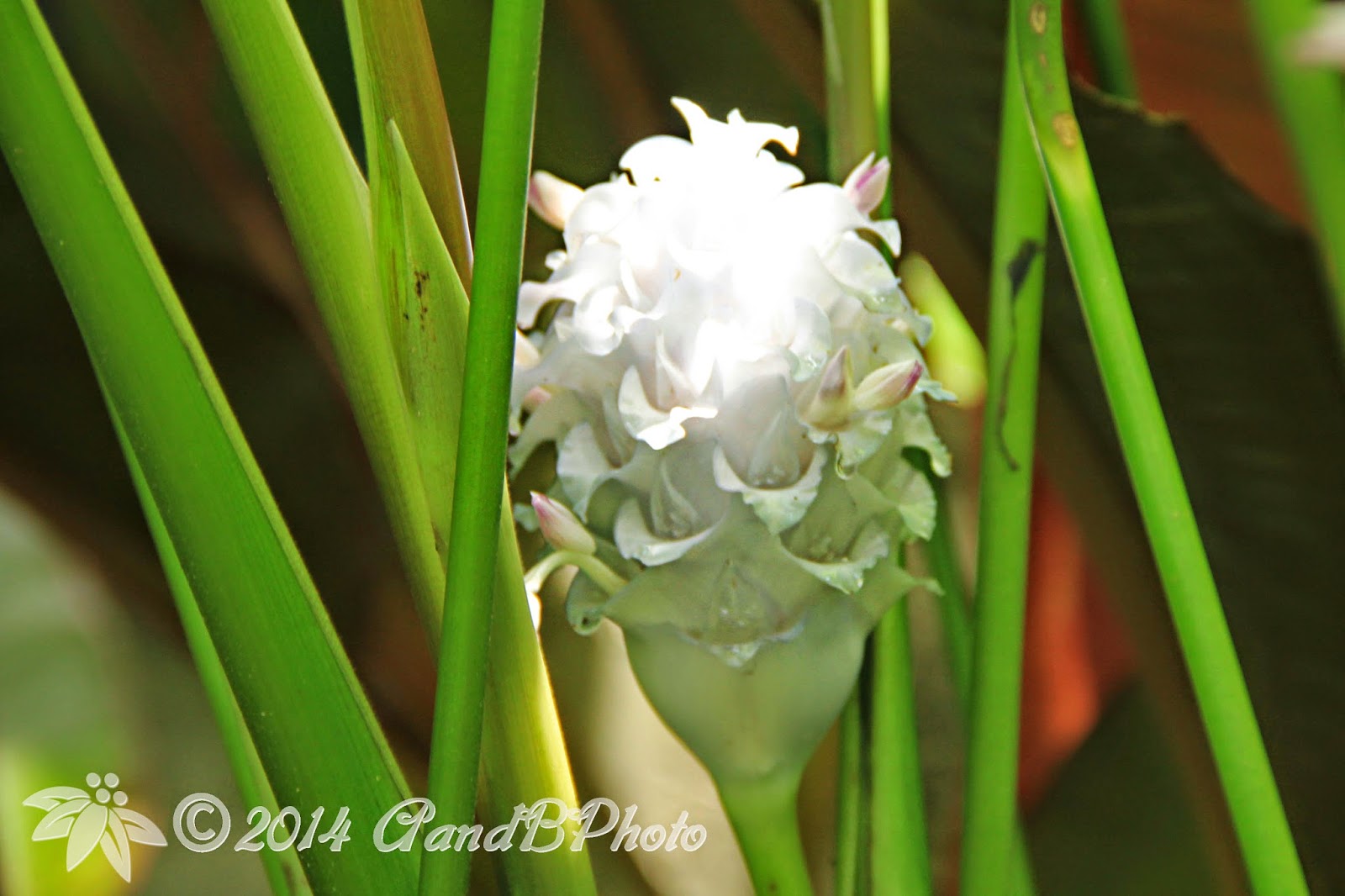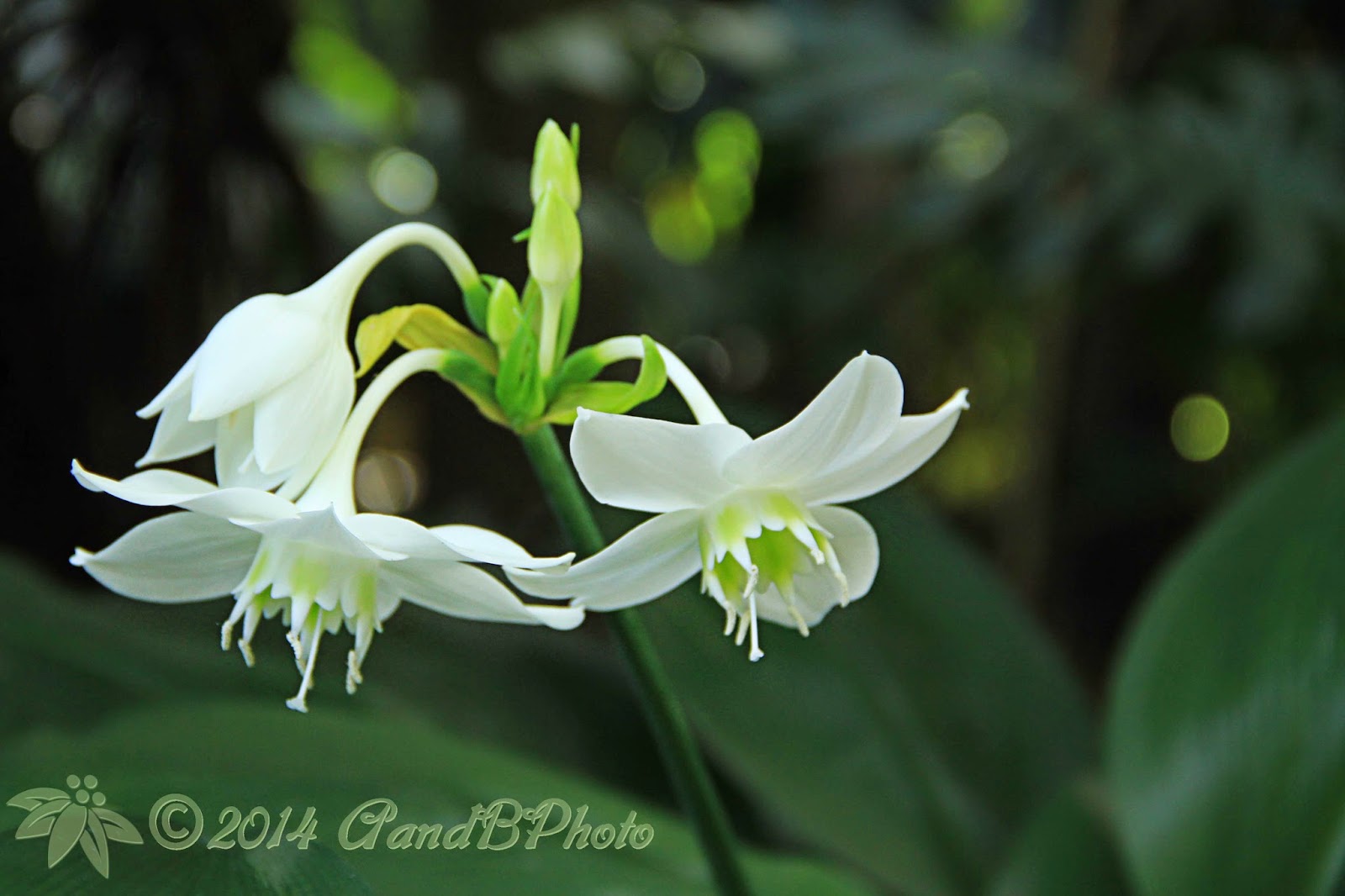Strongylodon Macrobotrys
Jade Vine
At first sight this plant did not look real. The color of it's clusters of hanging flowers reminds me of the food coloring people use to change the color of cut flowers. Below is the description provided by Fairchild Botanical Garden for the Jade vine.
The jade vine is a spectacular climbing plant that winds its way through the forest canopy to reach the sunlight. At night, bats hang upside down from the stalks of the jade vine's aquamarine blossoms to drink the pools of sweet nectar produced by each flower.
Unfortunately, the jade vine is threatened in its native habitat of the tropical rain forests of the Philippines. Extensive deforestation has destroyed over 90% of the country's original rainforest. But there is a small glimmer of hope as the remaining forest fragments still support an extraordinary wealth of plant and animal life, making the Philippines a top priority for global conservation.



















































